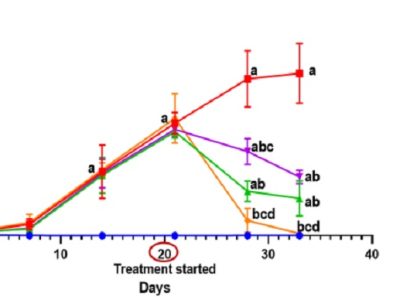Pipettors are versatile instruments that are used to transfer a measured volume of liquid. A pipettor is also commonly referred to as a pipet. Pipettors are typically used in molecular biology and medical laboratories where the precise and reproducible dispensing of liquids is considered a prerequisite.
Pipettors have different designs depending on the purpose they will serve. They will also have different levels of precision and accuracy. We have the single-piece glass pipette and the more complex models like the electronic or adjustable pipettes. There are two principles of how pipettes work: piston-driven and motor-driven systems.
Motor-Driven Systems
There are several factors that can affect the accuracy of pipettors. However, there are apparatuses that can be used to ensure you will still get precise results. For instance, a pipette controller can help ensure the correct amount of liquid is dispensed at the right time.
This is also where motor-driven pipettors can come in handy. Since a motor will carry out the piston movement, control will be dependent on the finger movement of the user. Even tired or inexperienced users can pipette automatically at the same speed. This helps ensure results are always reliable.
Piston-Driven Systems
One of the most common is the principle of piston-driven air displacement. The piston is moved to the correct position where the volume is set. The operating button is pressed to the first stop and the piston will expel the same volume of air that is indicated on the volume settings.
The tip is then immersed into the liquid and then the operating button is released. This will generate a partial vacuum and enables the specified volume of liquid to be aspirated into the tip. When the operating button is pressed to the first stop, the air will dispense the liquid. To empty the pipettor’s tip completely, the operating button is either blow out or pressed to the second stop.






Comments